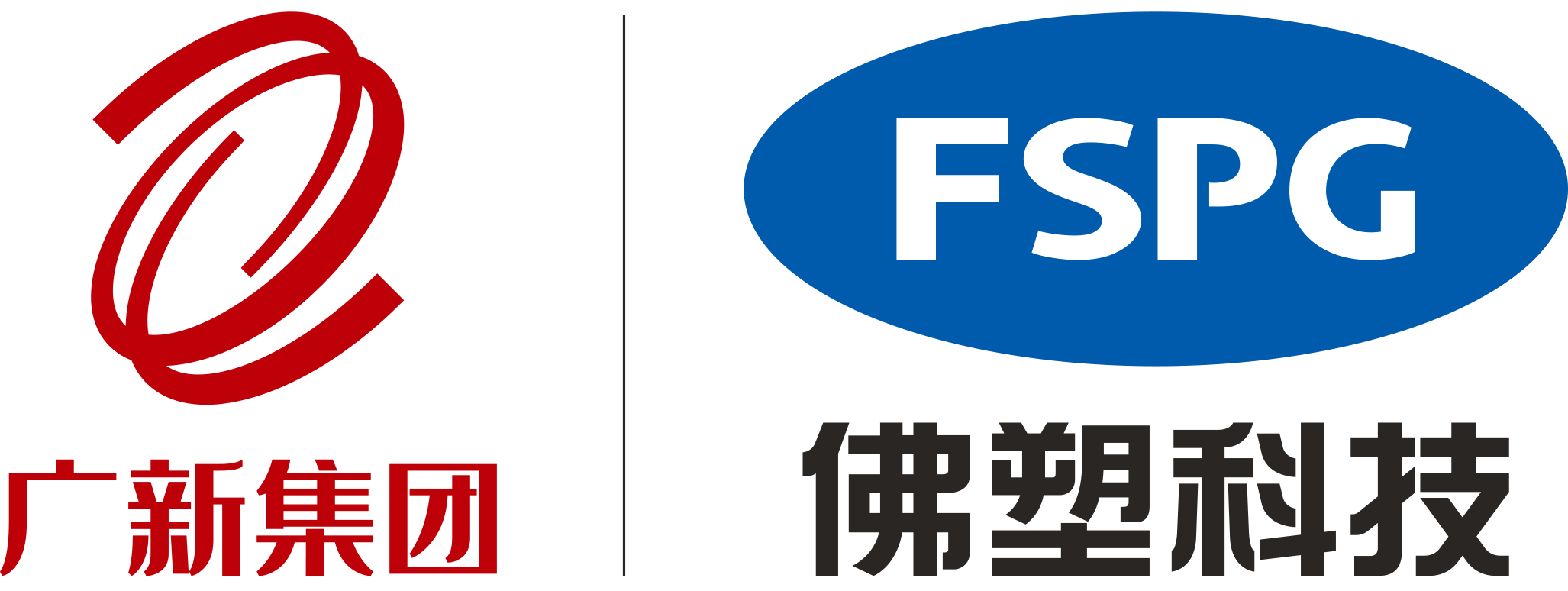Views: 0 Author: Site Editor Publish Time: 2024-08-05 Origin: www.fspgfilm.com








Cavitated BOPP (Biaxially Oriented Polypropylene) film is a specialized type of plastic film widely used in the packaging industry. The term "cavitated" refers to the presence of micro-voids or cavities within the film structure, which are intentionally created during the manufacturing process. These micro-voids give the film unique properties that make it suitable for various applications, particularly in food packaging, labeling, and other consumer goods.
The production of BOPP film involves a process known as biaxial orientation. In this process, polypropylene resin is first melted and then extruded into a flat sheet. This sheet is then stretched in both the machine direction (MD) and the transverse direction (TD). The biaxial stretching aligns the polymer molecules, enhancing the film's mechanical properties, such as tensile strength, clarity, and barrier properties.
Cavitation is introduced during the biaxial orientation process. This is achieved by incorporating specific additives, such as calcium carbonate or other inorganic fillers, into the polypropylene resin. As the film is stretched, these additives create micro-voids or cavities within the film structure. The size and distribution of these cavities can be controlled by adjusting the concentration and type of filler, as well as the stretching conditions.
One of the primary advantages of cavitated BOPP film is its lightweight nature. The micro-voids reduce the film's density, making it lighter than non-cavitated BOPP film. Additionally, the presence of these cavities scatters light, resulting in high opacity. This makes cavitated BOPP film an excellent choice for applications where light-blocking properties are essential, such as in food packaging to protect products from light exposure.
The surface of cavitated BOPP film is typically rougher than non-cavitated film due to the presence of micro-voids. This roughness enhances the film's printability, allowing for better ink adhesion and more vibrant printing results. As a result, cavitated BOPP film is widely used in labeling and packaging applications where high-quality printing is required.
The cavitation process also contributes to the film's stiffness and rigidity. The micro-voids act as reinforcing elements within the film structure, providing additional support and making the film more rigid. This property is particularly beneficial in packaging applications where the film needs to maintain its shape and provide structural integrity to the packaged product.
Cavitated BOPP film is extensively used in food packaging due to its excellent barrier properties, lightweight nature, and high opacity. It helps protect food products from moisture, oxygen, and light, thereby extending their shelf life. Common applications include snack packaging, confectionery wrappers, and bakery product packaging.
The enhanced printability of cavitated BOPP film makes it a popular choice for labeling applications. It is used for producing high-quality labels for beverages, personal care products, and household items. The film's rigidity and stiffness also ensure that the labels maintain their shape and appearance throughout the product's lifecycle.
Cavitated BOPP film is also used in the production of stationery items, such as adhesive tapes and decorative films. The film's high opacity and excellent printability allow for the creation of visually appealing designs and patterns, making it suitable for various decorative applications.
1. **Lightweight**: The presence of micro-voids reduces the film's density, making it lighter than non-cavitated BOPP film.2. **High Opacity**: The micro-voids scatter light, resulting in high opacity, which is beneficial for light-blocking applications.3. **Enhanced Printability**: The rough surface of the film improves ink adhesion, allowing for high-quality printing.4. **Stiffness and Rigidity**: The micro-voids act as reinforcing elements, providing additional support and making the film more rigid.5. **Barrier Properties**: Cavitated BOPP film offers excellent barrier properties against moisture, oxygen, and light, making it suitable for food packaging.
1. **Reduced Clarity**: The presence of micro-voids can reduce the film's clarity, making it less suitable for applications where transparency is required.2. **Potential Weakness**: The micro-voids can create weak points within the film structure, potentially reducing its overall strength and durability.3. **Cost**: The addition of fillers and the specialized manufacturing process can increase the cost of cavitated BOPP film compared to non-cavitated alternatives.
Cavitated BOPP film is a versatile and widely used material in the packaging industry, offering unique properties such as lightweight, high opacity, enhanced printability, and improved stiffness. Its excellent barrier properties make it particularly suitable for food packaging, while its printability and rigidity are beneficial for labeling and decorative applications. Despite some disadvantages, such as reduced clarity and potential weakness, the advantages of cavitated BOPP film make it a valuable material for various industrial applications.
Home | Products | Green Product | Contact Us | Sitemap | Privacy Policy
